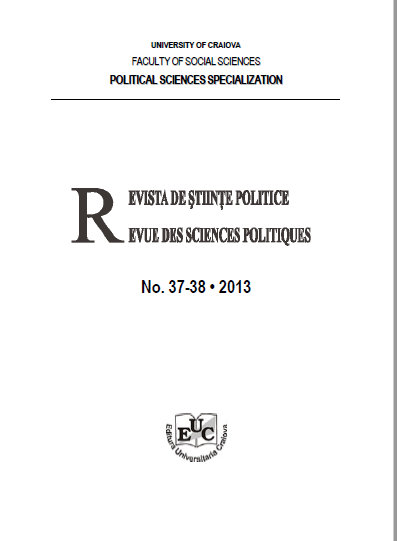The pension system in Romania during transition period
The pension system in Romania during transition period
Author(s): Elena Steluta DinuSubject(s): National Economy, Economic policy, Government/Political systems, Socio-Economic Research
Published by: Editura Universitaria Craiova
Keywords: tranzition; reform; pension; 1st pillar (pay-as-you-go); 2nd pillar; 3rd pillar;
Summary/Abstract: This paper inventories the problems and the adopted solutions within the pension system in Romania. It also presents the main indicators of this system in transition period. Early retirement schemes adopted throughout the first decade of transition the number of pensioners increased considerably. This number reached 80% between 1990 and 2003. Early retirement policy elaborated to solve growing unemployment resulted in reducing the average age of retirement. Consequently, the number of contributors for each pensioner declined from 3.43 in 1990 to only 0.79 in 2003, while the percentage of GDP used for pension expense in the same period fell from 7.2% to 6 5%. To cover a growing deficit of pension funds, the government increased contributions by 49.5% in 2005.
Journal: Revista de Științe Politice. Revue des Sciences Politiques
- Issue Year: 2013
- Issue No: 37+38
- Page Range: 314-319
- Page Count: 6
- Language: English

